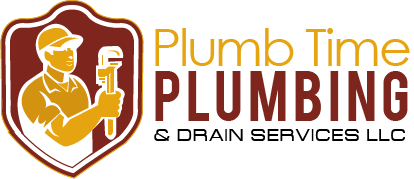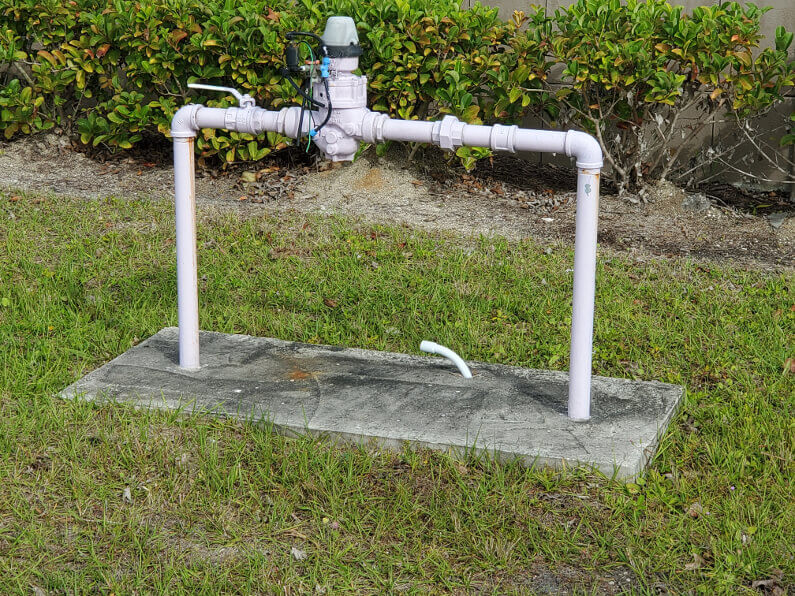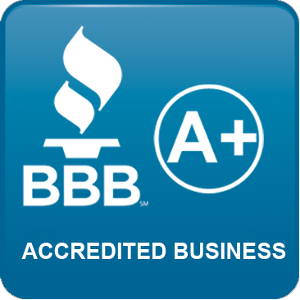A whopping 32 million cases — that’s how many waterborne diseases occur in the US every year. From 2013 to 2014 alone, the nation saw at least 42 reported waterborne disease outbreaks.
Among the main reasons behind these diseases are water contamination and pollution. For instance, only 92% of drinking water supply systems in the nation are EPA-compliant. That means 8% of the country is at risk of contaminated water!
One way that drinking water contamination can occur is through a backflow. It’s a plumbing problem that only a backflow preventer can put a stop to.
The question is, what exactly does a backflow prevention device do? How does it work and what sort of hazards can it protect you from?
Keep reading to learn all the answers to these burning questions!
What Is a Backflow?
Your home’s plumbing pipes should only carry water in one direction: Into or away from your home. Your water supply lines should only carry drinking water into your home. Drain or sewer pipes, on the other hand, should only carry wastewater away from your home.
They should never go back the way they came. If they do, this is what you call a “backflow”.
Backflows can occur due to changes in the pressure within plumbing pipes. This can occur when your main water line breaks, which can also lead to an obvious decline in the water pressure.
A change in the water pressure can also arise from leaks in your bathroom that turn for the worse. Burst pipes or the use of fire hydrants can also result in water pressure changes.
Backflows, unfortunately, are a safety hazard because they can contaminate the drinking supply. Not only your own water supply but the municipal or public drinking supply too. The water that flows back can already carry human waste, fertilizers, and pesticides.
Backflow Preventer to the Rescue
Backflow preventers are devices installed in plumbing systems, specifically at cross-connections. Cross-connections are plumbing “points” where potable and non-potable water can meet. This can be a section where a drinking water supply line can come into contact with a dishwasher drain line.
The sole task of a backflow prevention assembly is to make sure that water flows in only one direction. It prevents the water from flowing back the way it came from, or toward the other direction. These devices keep drinking water supplies away from contamination caused by backflows.
Is It a Legal Requirement for Homeowners in South Carolina?
The Palmetto State only requires some homeowners to install a backflow preventer. These include homes with an in-ground irrigation system or their own irrigation meter. Homes with a water serviced dock are also required by the state to have a backflow prevention device.
Why You Should Install One Whether or Not the Law Requires It
For starters, residential backflow preventers can help prevent waterborne diseases. Again, that’s because backflow contains many contaminants that can cause health issues.
Between 1981 and 1998 alone, cross-connections gave rise to 57 waterborne disease outbreaks. These outbreaks led to a staggering 9,734 cases of illnesses.
Here are just a few of the contaminants that backflow may contain.
Pathogens
Backflow can contain various types of pathogens, which are disease-causing microorganisms.
Shigella, which causes up to 500,000 illnesses in the US each year, is one such pathogen. It’s a strain of bacteria that causes diarrhea and gastroenteritis among other diseases.
E. coli is another common bacterial species found in backflow. In the US, “Shiga toxin-producing” E. coli (STEC) causes 265,000 infections each year.
Salmonella bacteria can also be present in plumbing backflow. When these get into drinking water, it can cause Salmonella infection. Every year, various sources of Salmonella result in 26,500 hospitalizations in the US.
Campylobacter jejuni, cyanobacteria, and giardia are among other bacteria that backflow may contain. While not all cases of waterborne diseases are due to backflow, they still cause many of them. That should be enough reason to get a backflow preventer installed in your home.
Chemical Contaminants
Flint, MI isn’t the first nor is it the last city to have high levels of lead in water. Within the Columbia area, four water systems have had the same problem from at least 2017 to 2018. There are many ways that lead makes it into drinking water supplies, and backflow is one of them.
Backflow can also bring copper, chromium, and other metal contaminants into water supplies. It may also contain pesticides and insecticides.
A backflow preventer can help keep your drinking water clean and potable, the way it should be.
Can You Install It On Your Own?
Homeowners who need a backflow preventer are responsible for its installation. They also need to shoulder the costs of setting up the device.
They may choose to install it on their own or have a professional plumber carry out the job. Keep in mind, however, that first-time installations require a permit from the government.
Backflow prevention assemblies also require a yearly inspection. The local Columbia government only accepts inspection results from certified assembly testers.
As such, be sure that the tester you choose has a SCDHEC backflow prevention certificate. The tester should also have a valid and current business license with the City of Columbia.
Protect Your Home From the Dangers of Backflow
There you have it, everything you need to know about a backflow preventer and how it works. As you can see, it’s essential protection that keeps your drinking water clean and potable. It helps keep unwanted substances away from your drinking water.
With all these benefits, it’s time to get one installed in your South Carolina home. The sooner you do, the sooner you can reduce your risks of drinking contaminated water!
Ready to protect your home’s water supply from contaminants? Then please don’t hesitate to get in touch with us now! Our certified plumbers here at Plumb Time can install your backflow assembly ASAP.











I need to replace my new irrigation system Zurn Wilkins 975XL 3/4”backflow preventer with the old one which has cracked during freezing temperatures. I just want to know what would be the charge for replacing It. It is located outside of the house. My house is in Harrisburg NC 28075.